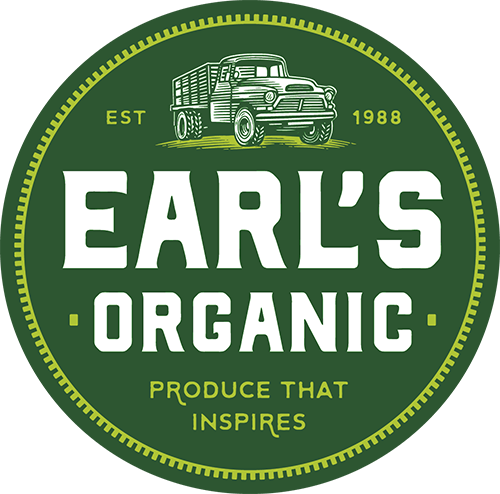WINTER FROST AFFECTS AGRICULTURAL AREAS
Historically January sees disruptions in organic markets due to various factors such as frosts, winter storms and less daylight hours. This time of year brings some of the hardest weeks traditionally to keep everything in house due to availability issues. Shorter days mean less sunlight hours for plants to grow and short harvest time in the fields. Cold weather is also now affecting most of the agricultural areas in California, Arizona and Northern Mexico, hindering the growth and harvest of all produce. This is the low point in the season for wet veg with short days and frost in the morning in the desert.
Northern Mexico hit by frost: Pea Plants, Cilantro and Green Onions
Plants can be severely damaged if harvested before they thaw out so growers will need to wait to harvest until late morning losing precious harvesting hours. Where a grower might typically start harvesting at 6am, they have to wait until 10am when the weather has warmed up. We can expect availability to be tight, prices to go up and to see quality defects on leafy items. Items affected by the frost in Northern Mexico include green onions, cilantro, parsley, kale, asparagus, cucumbers, peppers and tomatoes. It is interesting to note that parsley is a member of the celery family and is heartier than cilantro. Greens such as chards and kales are pretty resilient and can pick up a bit of frost with minimal to no damage. Growers are still assessing the damage but expect these items to tighten up.
Prices and availability are the most unstable often in these months. One thing to remember is that most of the US is pulling produce from the same area that we do at this point in the season. Demand is great – supply isn’t. Price and quality do not track side by side. Often higher prices reflect difficult growing conditions and veg has more cosmetic challenges than we are used to.
Though it is going to slowly warm up there are some long-term effects worth consideration:
Prices will continue to stay high until the supply side stabilizes. To see one of the last true examples of a supply and demand economic model, look no further than the fruit and veg industry. There are no price supports, no subsidies and you can charge as little as you want or as much as you want. It either sells or it doesn’t, so to speak. Organics is a smaller industry, so prices are even more reactive in a time like this. We can expect to see high prices for at least a few more weeks on all cool season wet veg. Warm weather crops will also be high but because many of these are greenhouse/hothouse grown the supply side has not been affected as much as the field grown crops.



